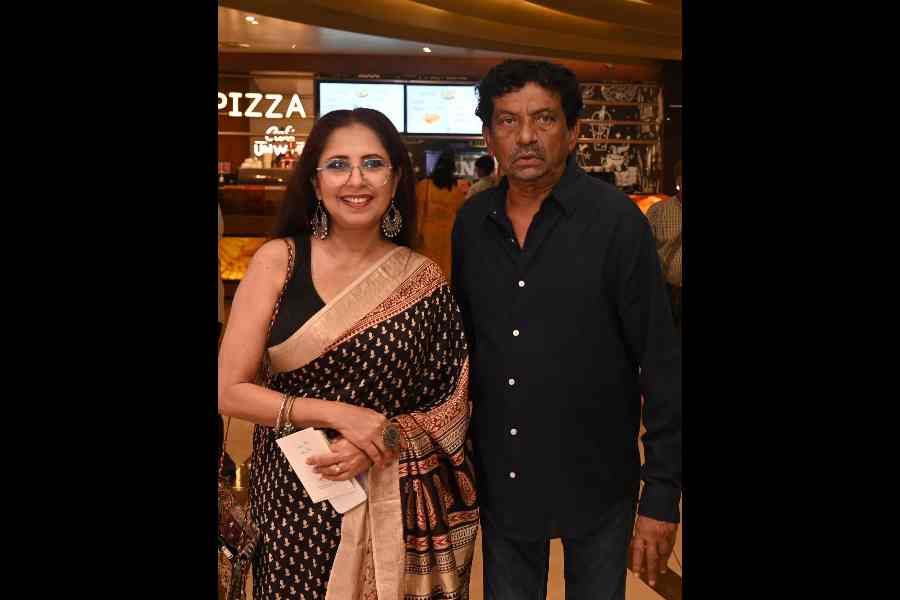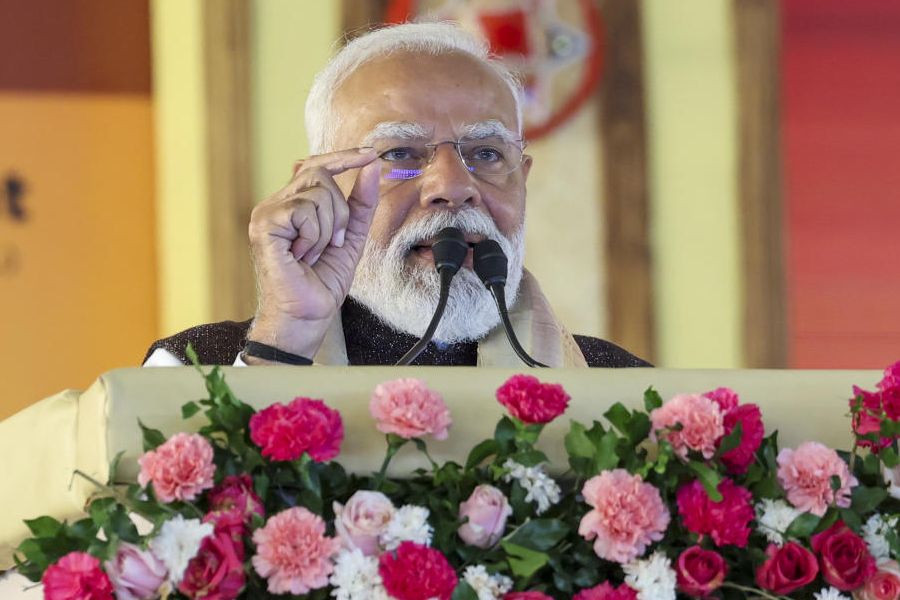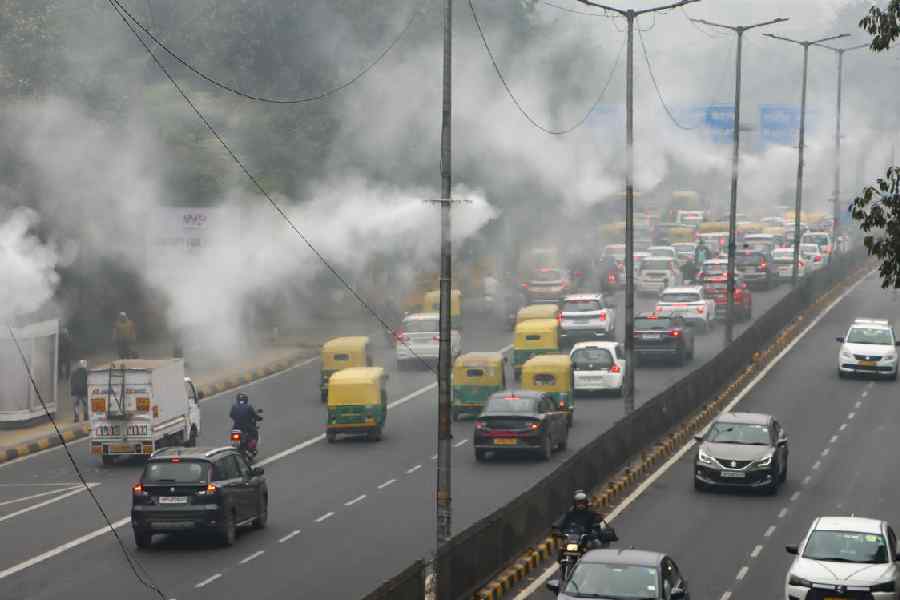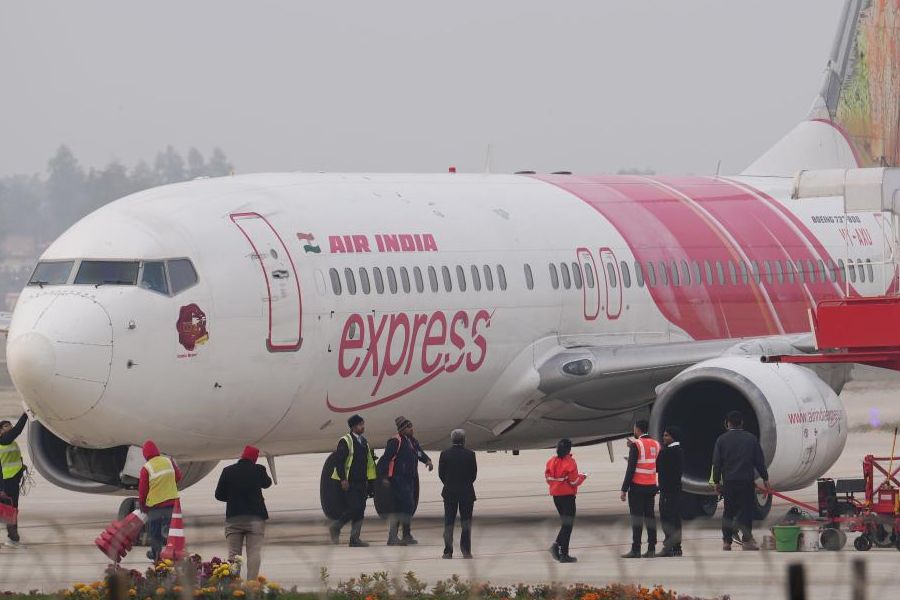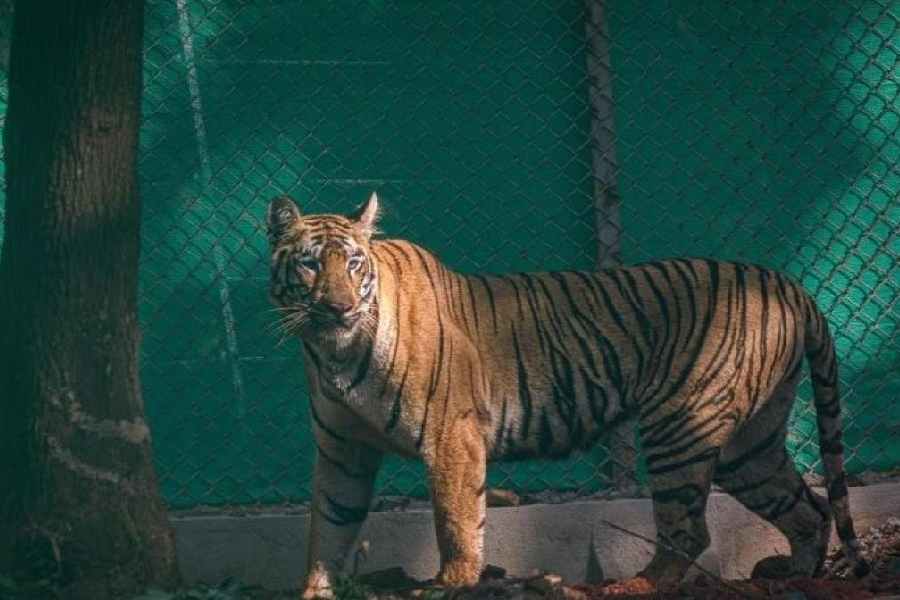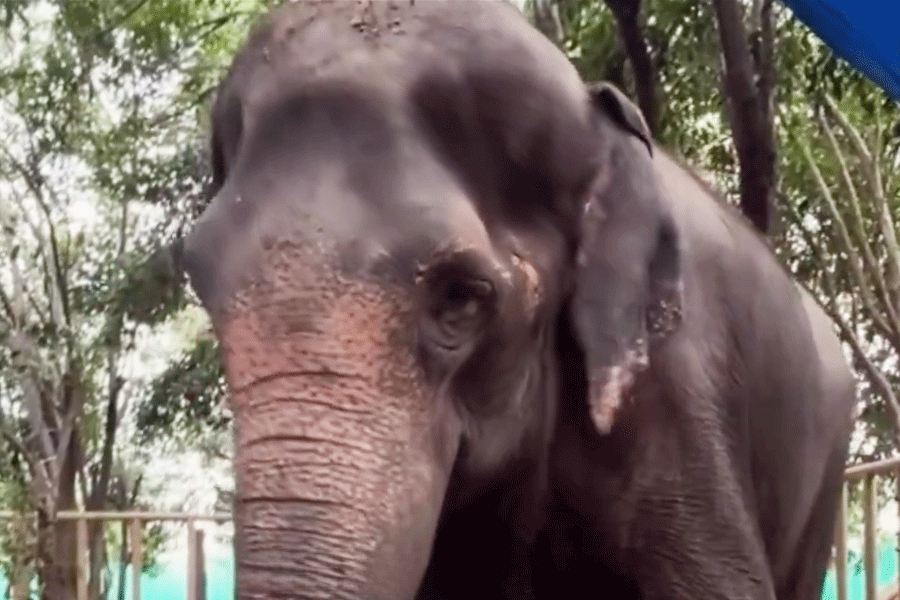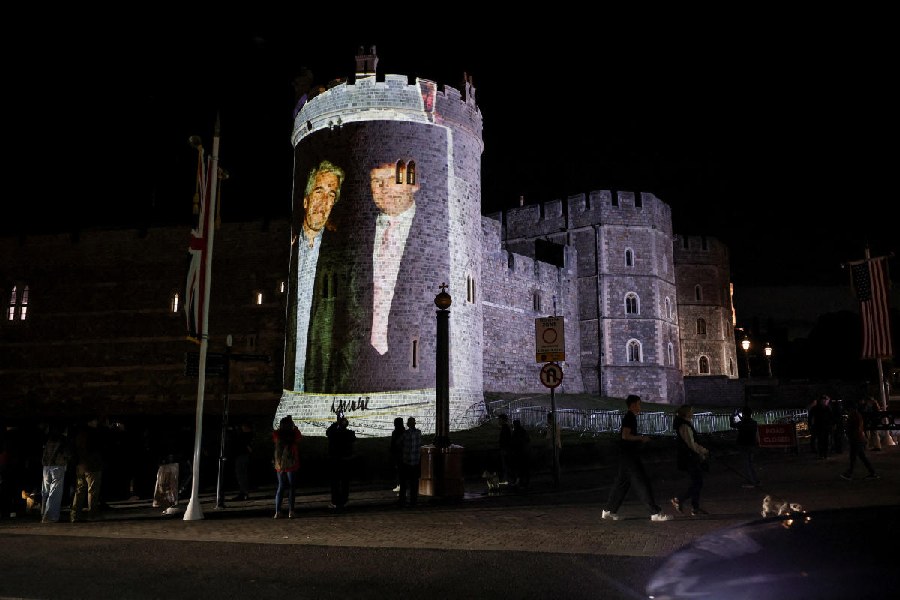A special screening of Goutam Ghose’s much-anticipated directorial Parikrama took place at PVR-INOX, South City, on a monsoon-kissed evening, bringing together not just a film but a quiet celebration of cinematic thought and storytelling. In attendance were Ghose himself, lead actor Chitrangda Singh, and an ensemble of Bengali film industry stalwarts, including Rituparna Sengupta, Paoli Dam, and other industry veterans. The crowd was warm and entirely tuned in to the language of rivers and memory.
Already lauded for its poetic yet piercing narrative, Parikrama has begun its theatrical journey, much like the river it reveres — winding, shifting, and quietly powerful. Parikrama, meaning ‘circumambulation’, starts off as a film about an ancient pilgrimage — an annual ritual around the sacred Narmada river. Italian documentary filmmaker Alessandro (played by Marco Leonardi) arrives in India with the intent of capturing this holy voyage. But, as with any true journey, the path changes. What was meant to be a story of devotion becomes a study of displacement when Alessandro crosses paths with a boy named Lala.
Lala, played by Aaryan Badkul, radiates a raw energy on screen. His character is a displaced tribal teenager whose family has lost their land in the upper Narmada valley. Without documentation, they’re invisible to the state, the system, and to any promise of justice. Lala, determined to reclaim dignity for his family, flees his village to earn enough to buy land. Menial jobs, street smarts, and survival tactics sharpen him, but behind his alert eyes is a child whose innocence hasn’t withered.
One day, he tries to sell Alessandro a so-called “magic stone” for ₹2,000. What starts as a tourist scam becomes the spiritual core of Parikrama — for it is Lala, not the pilgrims, who is truly on a journey.

Chitrangda Singh
Back in Italy, Alessandro has a young son, Francesco, who is grieving the loss of his mother. In Lala, Alessandro begins to see a reflection of the void his own son carries. One is without his mother; the other, without his motherland. And in that mirroring, the film moves beyond landscape and pilgrimage — it becomes about healing, memory, and human connection.
Chitrangda Singh plays Rupa, a writer and assistant on Alessandro’s film crew, who brings depth to the documentary team’s dynamic. The cinematographer character Bijoy, meanwhile, becomes the eye of the river. In one unforgettable sequence, Lala dives into a waterfall and the camera frames the moment both as a documentary and as cinema — first showing us the shot as captured by Bijoy, then revealing the ‘fourth wall’ with a surreal over-the-top perspective. It’s the kind of layered visual storytelling that reminds us we are watching a film being made within a film — and yet it never loses emotional grip.
In one of his lines, Bijoy muses: “Why do you speak of nature? Listen to the heartbeat of the land. Thousands of stories lie frozen in their chests for ages.” These aren’t just words — they are the philosophy of Parikrama.

Paoli Dam
While most of the film travels with the Narmada — its ebb, its storms, its betrayals — the scenes with Francesco were filmed in Italy. Francesco’s quieter life in Naples offers a mirror to Lala’s turmoil. The juxtaposition doesn’t feel forced. Rather, it suggests that grief, longing, and rootlessness are not bounded by geography. “The film is not preachy and didactic in approach. It is not political or a commentary on the Narmada Bachao Andolan. It talks about the journey of two people who are somehow connected with the river and Mother Nature. It has several layers,” said Ghose.
As the Narmada flows and Alessandro’s original film idea begins to dissolve, what remains is Lala’s story. In many ways, Parikrama is about a different kind of parikrama — a circumambulation of life itself. It becomes clear that Lala is the pilgrim. His journey isn’t marked by temples or chants, but by survival, self-worth, and the need to reclaim place and identity. His journey also stands as a stark contrast to the pilgrims who worship the river. “No village. Only water,” Lala says, when asked where he is from. Four words. But within them, a deluge of loss.

Rituparna Sengupta
At the special screening, as the credits rolled and the murmurs began to swell into quiet applause, it was evident that Parikrama had done more than move people. It had unsettled them, left them thinking of their own homes, their own rivers, and the stories that never make it to maps or news channels.
And that’s the quiet strength of Goutam Ghose — telling tales that are as vast as the land, yet as intimate as a boy selling a magic stone by the river.

